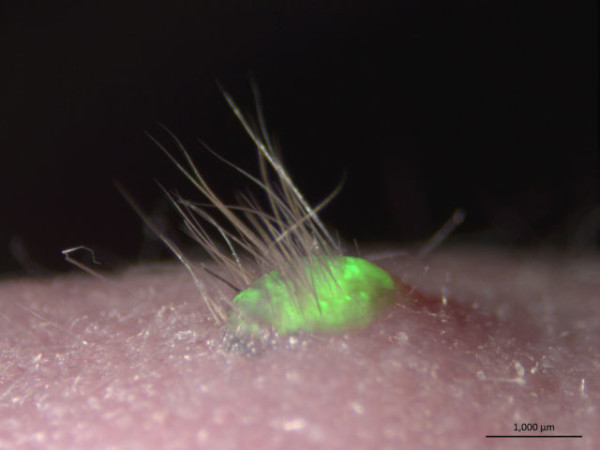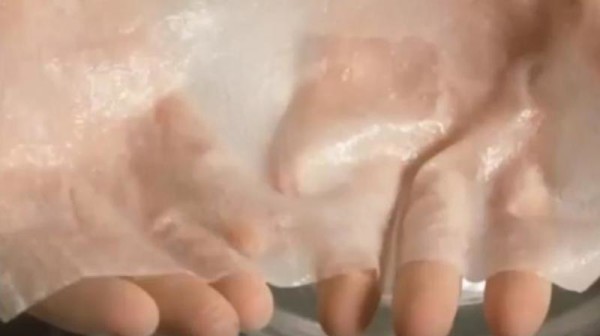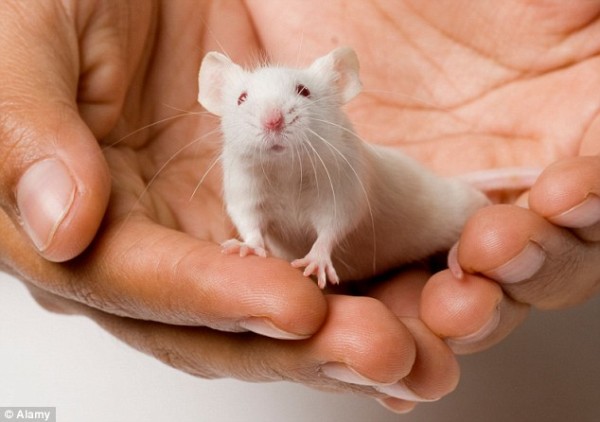
A group of scientists have announced that they have successfully grown an artificial functional skin, complete with hair and oil glands, in the laboratory.
In the past, artificial skin development in the laboratory has been hampered by lack of some important organs, such as hair follicles and exocrine glands, which allow the skin to play its important role in regulation.
Fully functional skin has three layers: the epidermis, an outermost protective layer that is mostly waterproof; the elastic dermis layer that gives skin flexibility as well as housing oil and sweat glands, hair follicles, nerve endings, and blood vessels; and the subcutaneous fatty layer that provides padding and insulation.
With a new technique, scientists at the Center for Developmental Biology in Japan, were able to grow the first ever functional skin that has all the three layers like a natural one.
The technique required complex cell-to-cell interactions and self-organization. First, the researchers swiped cells from the gums of mice and used well-established protocols to revert them into a stem cell-like state—creating induced pluripotent stem cells (iPS cells). The researchers specifically engineered the cells to make a green fluorescent protein so the cells could be easily spotted.
After this, the researchers allowed the iPS cells to grow for seven days, during which they formed “embryoid bodies”—balls of cells that resemble actual embryos that have precursors to multiple types of tissues. The researchers then implanted the cellular clumps into mice with deliberately weakened immune systems. There, the embryo-like balls peacefully began to mature into functional skin tissue, without being attacked by immune cells.
Key to this development, the researchers found, was the activation of cell signaling pathways called Wnt10b, which were known previously to be involved in organ development in embryos. In the study, researchers found that Wnt10b signaling led to more hair follicles in the fledgling skin tissue.
According to arstechnica.com, the researchers collected snippets of the implanted tissue and transplanted them onto the backs of hairless mice. The tissue acted like a normal skin, with tufts of black hairs sprouting out of the otherwise hairless mice. The tissue could secrete the oils that normal skin does, and it connected up with surrounding nerve and muscle tissue.
“We are coming ever closer to the dream of being able to recreate actual organs in the lab for transplantation and also believe that tissue grown through this method could be used as an alternative to animal testing of chemicals. With this new technique, we have successfully grown skin that replicates the function of normal tissue,” lead researcher, Takashi Tsuji said about the study published in the journal Science Advances.
With this major breakthrough, it brings scientists closer to pulling off the feat in humans, which would provide synthetic skin grafts that could treat burn victims, or other patients with various skin diseases.
The researchers said the next task ahead of them is to try to replicate the study using human cells, making furry skin patches to fit for people.
You want to support Anonymous Independent & Investigative News? Please, follow us on Twitter: Follow @AnonymousNewsHQ
This article (New Study: Researchers Successfully Grow Functional Skin In Laboratory) is a free and open source. You have permission to republish this article under a Creative Commons license with attribution to the author and AnonHQ.com.






